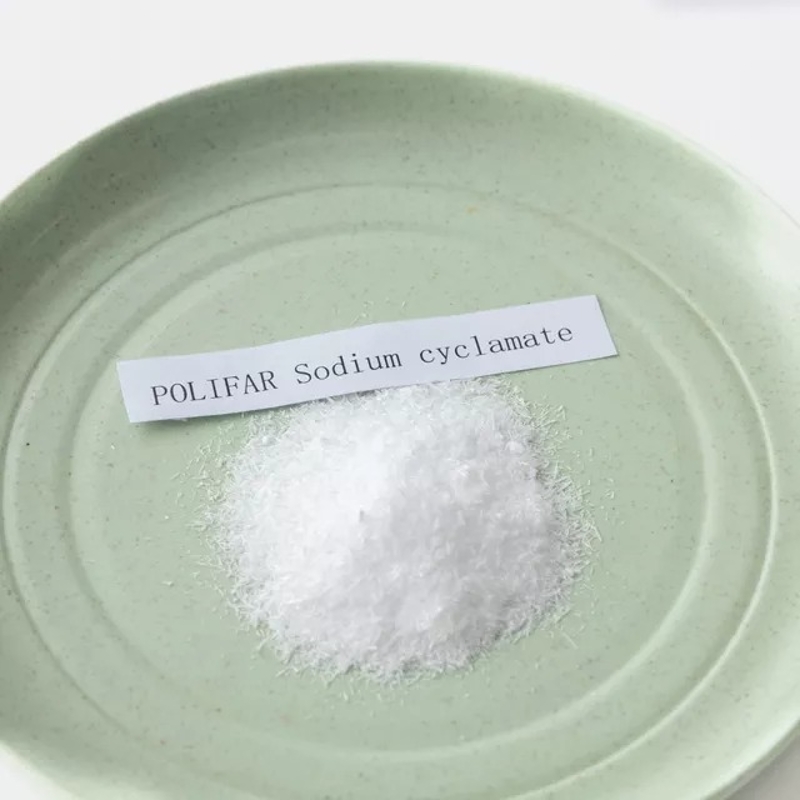-
Categories
-
Pharmaceutical Intermediates
-
Active Pharmaceutical Ingredients
-
Food Additives
- Industrial Coatings
- Agrochemicals
- Dyes and Pigments
- Surfactant
- Flavors and Fragrances
- Chemical Reagents
- Catalyst and Auxiliary
- Natural Products
- Inorganic Chemistry
-
Organic Chemistry
-
Biochemical Engineering
- Analytical Chemistry
- Cosmetic Ingredient
-
Pharmaceutical Intermediates
Promotion
ECHEMI Mall
Wholesale
Weekly Price
Exhibition
News
-
Trade Service
Responsible Editor: Food Science
Vibrio parahaemolyticus is a Gram-negative halophilic bacterium that is widely distributed in marine environments and marine organisms
LPS plays an important role in the pathogenic mechanism of most Gram-negative pathogens
Dr.
Figure 1 Graphic abstract
Results and DiscussionThe control effect of waaf gene on the serum of Vibrio parahaemolyticus
The waaf gene deletion mutant (Δ waaf ) of O3:K6 strain (WT) was constructed by chitin-mediated transformation technology , and an apoplectic strain (C-Δ waaf ) was constructed by combining transfer method
Fig.
The effect of waaf gene on the surface of Vibrio parahaemolyticus
The results of scanning electron microscopy showed that the extracellular material of the Δwaaf
Fig.
Influence of waaf gene on pathogenicity of Vibrio parahaemolyticus
The three strains were administered orally to mice, and the growth and survival of mice were observed
Fig.
Effect of waaf gene on bacterial cell adhesion
The invasion ability of the three strains was determined by Caco-2 cells, and the results showed that the invasion of the Δwaaf strain was significantly lower than that of the other two strains; The number of Vibrio parahaemolyticus in the intestinal tract of mice with the Δwaaf strain was significantly lower than that of the other two strains, and the above results indicated that the waaf gene knockout could reduce the bacterial adhesion
Fig.
Effects of waaf gene on virulence genes and their upstream and downstream genes
The main virulence gene ( tdh ) of Vibrio parahaemolyticus and the expression of upstream and downstream genes of waaf in the three strains were determined by fluorescence quantitative PCR .
Fig.
Conclusion
The waaf gene can control serotype changes in Vibrio parahaemolyticus
About the Author
The first author: Zhao Feng , male, Ph.
Corresponding author: Zhou Deqing , Ph.
D.
, researcher/doctoral supervisor
.
He is currently the director of the Food Engineering and Nutrition Research Office of the Yellow Sea Fisheries Research Institute of the Chinese Academy of Fishery Sciences
.
The main research directions are aquatic product safety and quality control, aquatic product processing and comprehensive utilization, marine functional food,
etc.
In recent years, he has presided over and participated in more than 20 research projects such as the national "863" project, scientific and technological support project, and the National Natural Science Foundation of China, and trained more than 50 doctoral and master students
.
He edited and published 8 monographs, presided over the formulation and revision of more than 10 standards, and published more than 120 academic papers
This article is an English version of an article which is originally in the Chinese language on echemi.com and is provided for information purposes only.
This website makes no representation or warranty of any kind, either expressed or implied, as to the accuracy, completeness ownership or reliability of
the article or any translations thereof. If you have any concerns or complaints relating to the article, please send an email, providing a detailed
description of the concern or complaint, to service@echemi.com. A staff member will contact you within 5 working days. Once verified, infringing content
will be removed immediately.







